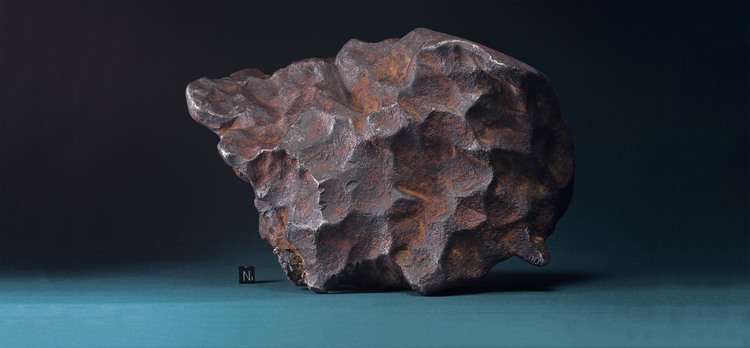Meteorites are common to mankind. Every year, tens of thousands survive the plunge through Earth’s atmosphere. They are made of different compositions and their study is of prime importance to know about the origin of the solar system.
Dimensions:
- Composition of meteorite
- How is it relevant to recent asteroid studies?
- How is it relevant to solar system exploration?
Content
A new study carried out has shed light on the mineralogy of the meteorite.
Composition of meteorite:
- The meteorite named Mukundpura CM2 is classified to be a carbonaceous chondrite.
- It is a type of stony meteorite, considered the most primitive and a remnant of the first solid bodies to accrete in the solar system.
- The composition of carbonaceous chondrites are also similar to the Sun.
- The meteorites are broadly classified into three groups – stony (silicate-rich), iron (Fe–Ni alloy), and stony-iron (mixed silicate–iron alloy).
- Chondrites are silicate-droplet-bearing meteorites, and Mukundpura chondrite is the fifth carbonaceous meteorite known to have fallen in India.
- The study has revealed that Mukundpura CM2 had experienced varying degrees of alteration during the impact.
- Some minerals like forsterite and FeO olivine, calcium aluminium rich inclusion (CAI) minerals escaped alteration.
- Few magnetites, sulphides and calcites were also found.
- Detailed spectroscopic studies revealed that the meteorite had very high (about 90%) phyllosilicate minerals comprising both magnesium and iron.
- Further X-ray studies showed it also had aluminium complexes.
How is it relevant to recent asteroid studies?
- The results of the Mukundpura CM2 study are relevant to the surface composition of near-Earth asteroids Ryugu and Bennu.
- Recently Japan’s Hayabusa-2 mission landed on Earth with samples from Ryugu.
- In October 2020, NASA’s OSIRIS-REx mission collected samples from Bennu and is expected to return in September 2023.
- Infrared spectroscopy results have shown that spectral properties of the surface of these asteroids are consistent with CM carbonaceous meteorites.
- A better understanding of the nature and evolution of such meteorites would help considerably in the interpretation of results of the asteroid missions.
Difference between an asteroid and a meteorite
- A meteorite is a rock that falls to Earth from space.
- They provide some of the only samples of other planets, asteroids and possibly comets in the solar system.
- Some meteorites even contain tiny particles that formed around other stars that existed before the Sun.
- Because meteorites are ancient pieces of these celestial bodies, scientists rely on them for information about the history of our solar system.
- All meteorites come from inside the solar system.
- Meteorites can be huge weighing around 60 tons or can be quite small, about the size of beach pebbles or even grains of sand.
- The vast majority of meteorites are fragments of shattered asteroids.
- Asteroids are rocky bodies found in the asteroid belt, between Mars and Jupiter.
- Asteroids, which are much smaller than planets, are sometimes pulled out of the asteroid belt by the force of Jupiter’s gravity.
- Many of these asteroids then travel toward the inner solar system where they can collide with Earth.
How is it relevant to solar system exploration?
- Asteroids are the remnant debris of the inner solar system formation process and thus offer the formation history or the building blocks of the planets.
- Meteorites are representative of asteroids.
- By studying meteorites in the laboratory and asteroids by exploration and sample return mission, the activity of early solar system events can be reconstructed.
- As asteroids are rich in volatiles and other minerals, the results can be exploited for future planetary exploration.
Approach to the answer:
- Brief about the meaning of meteorite and asteroid and their differences
- Write about recent study on meteorite impact
- Write about the importance of such study
- Conclusion
















